Salopian Inn chef Karena Armstrong reveals how to make delicious dumplings from scratch
SALOPIAN Inn chef Karena Armstrong shows us how to make delicious dumplings from scratch.
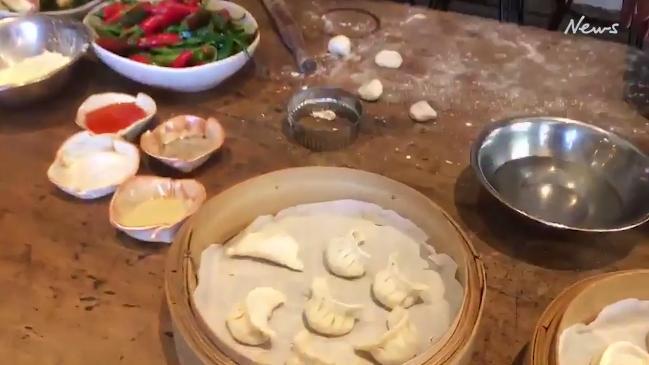
delicious SA
Don't miss out on the headlines from delicious SA. Followed categories will be added to My News.
WATCH Karena Armstrong lead her team in the kitchen of The Salopian Inn and she is a picture of calm. It’s hard to imagine anything getting under her skin.
But there is another side to the unflappable chef, she admits with a laugh, that emerges when it comes to making her favourite morsel.
“I’m obsessive when it comes to dumplings,” she says, explaining how she needs to make every one of them just so.
“I absolutely love rolling them, making them. I think they are little parcels of intense, amazing texture and flavour. They are the perfect mouthful, because everything is in one. They are little bundles of joy.”
While others might shy from the task of rolling and shaping the dumplings that are a constant on the Salopian menu, Karena is drawn to the repetition.
“It’s the job I always want to do in the kitchen,” she says. “I find it incredibly meditative. It also has that lovely quality that everything has to be perfect to make the perfect dumpling. So I like the discipline of it.”

Home and away
Karena has eaten at some of the great yum cha restaurants of China. On a recent trip to Hong Kong she remembers having crab dumplings “that just about made me cry” with their precision and intensity of flavour.
“I appreciate the trouble and the skill someone has to make them all the same,” she says. “It might not affect the taste but someone has really thought about it.”
In Adelaide, she likes to sit down for the trolley service at Star House and Ding Hao in Gouger St, where her choices include the chicken feet, stuffed eggplant, shallot pancake – and dumplings, naturally. Her favourite are the prawn dumplings with water spinach or other greens “that seem better for you so you don’t worry so much about the pork fat”.
When she entertains at home, dumplings are also on the agenda. “We sit and talk around the bench while I am making them,” she says, “and I usually end up teaching someone.” In this instance, they don’t need to be perfect. ”You can have wonky dumplings and they will be just as good,” she says. “You get some odd shapes. Making them is harder than it looks. Continual refinement is part of the journey.”
All class
With this in mind, Karena wants to share some of the secrets to dumpling success – both through these pages and in her session for L Plates during Tasting Australia (see panel).
She suggests starting to learn by using the ready-made wrappers available at Asian grocers, particularly the locally produced Tong Phat brand,.
“Shop-bought wrappers are really forgiving and a great way to learn your rolling technique,” she says.
The dumplings she steams are wrapped in a dough she makes from a mix of potato starch and wheat flour. “They are slightly more delicate,” she says, “but also more difficult to handle.”
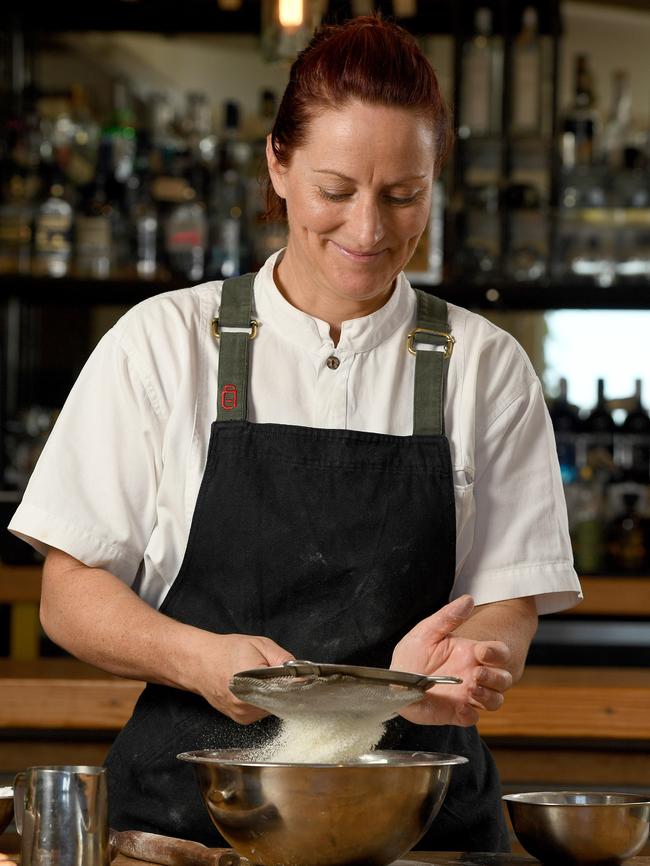
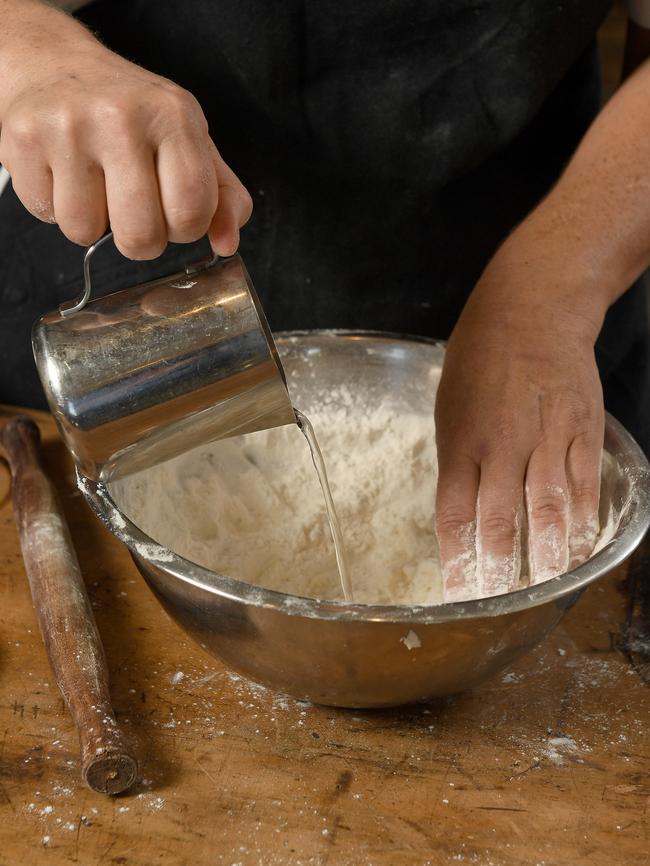
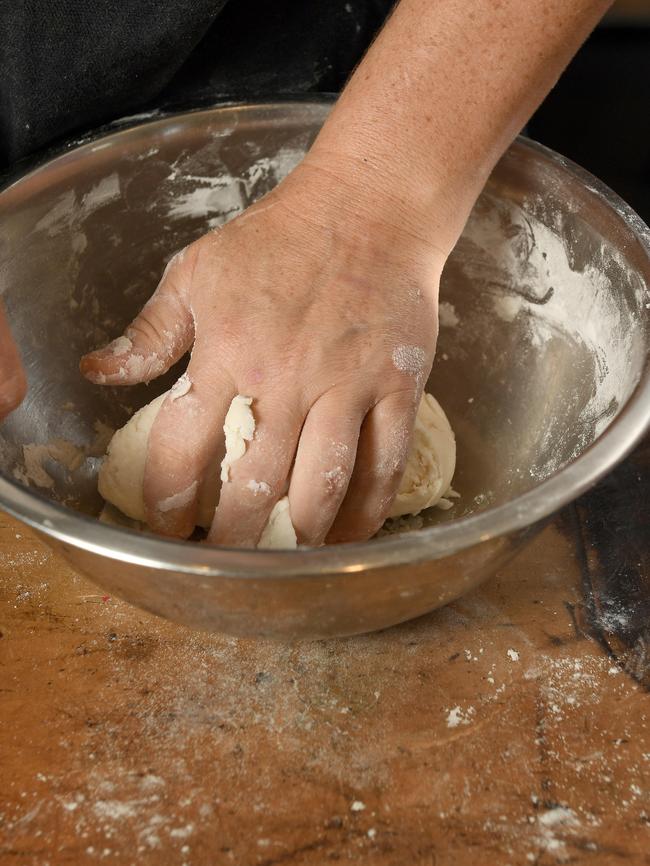
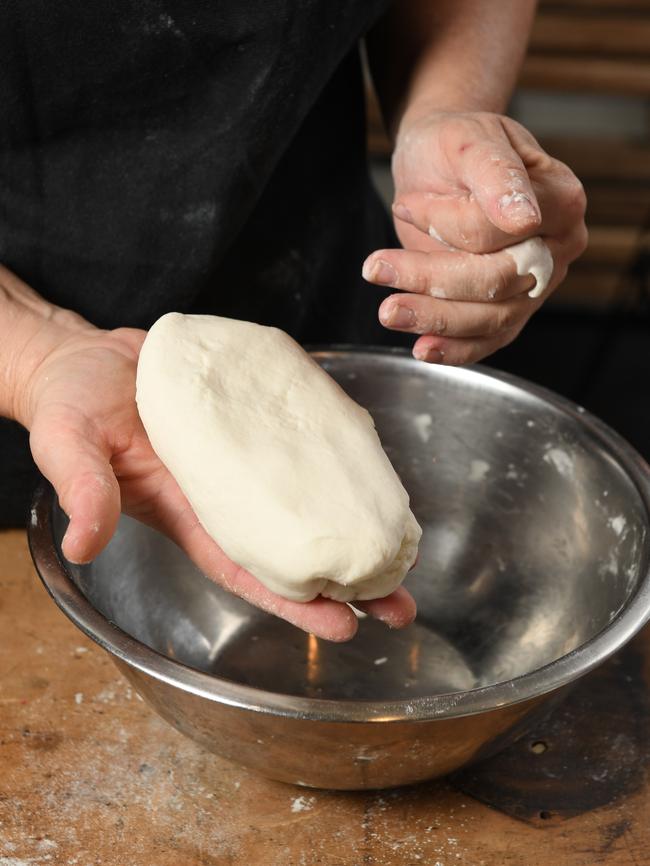
It’s a wrap
For those who want to try making this wrapper, Karena has a few hints.
First of all, sift the two flours and combine them thoroughly. “You don’t want big patches of potato flour when the boiling water hits or it will clump up,” she says. “You will get lumps in there and not that beautiful, smooth dough.”
The dough must be made with recently boiled water, so it helps to have a chef’s asbestos fingers when you add the first splash of water and start rubbing it in. Keep adding water a little at a time and don’t be tempted to use more than the recipe says if the dough doesn’t come together at first.
When all the flour is incorporated into a smooth, silken dough, add the salt and oil for extra sheen. Now rest the dough for at least 10 minutes and up to an hour, covered in cling wrap to stop it drying out but not in the fridge.
Cut a mandarin-sized chunk off the dough and roll into a long sausage. Use a chef’s knife or cleaver to chop off little sections the size of gnocchi.
Sprinkle potato starch on a smooth bench or board, then roll the small pieces into a circle, flipping the dough over and turning 90 degrees. Continue rolling until it is very thin and almost transparent.
Cover the dough with a damp cloth at all stages to keep it from drying out.
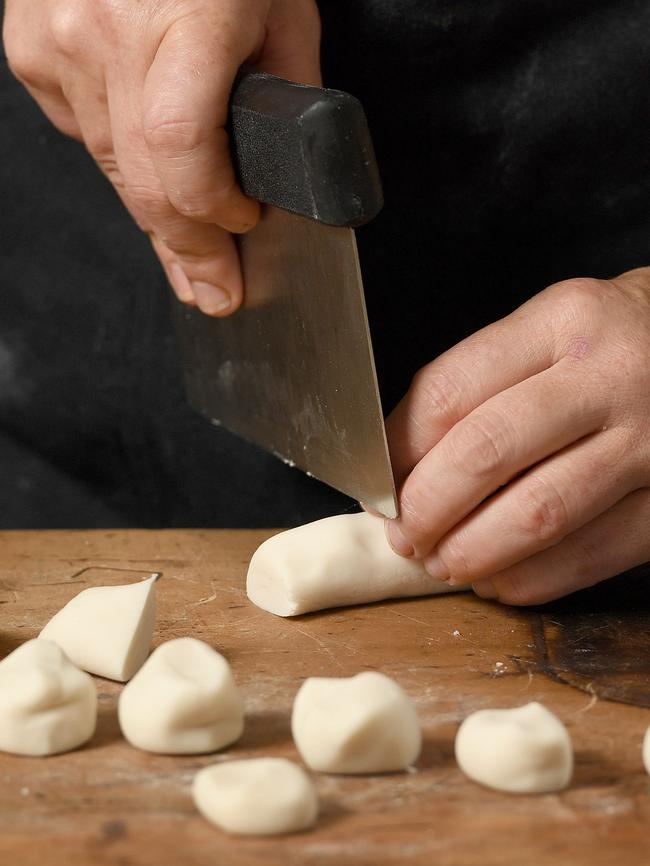
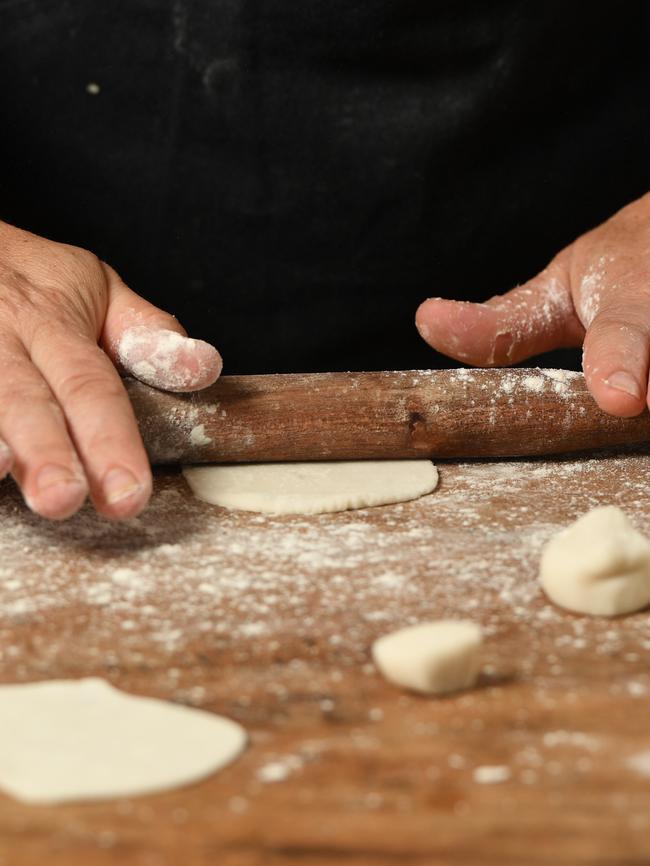
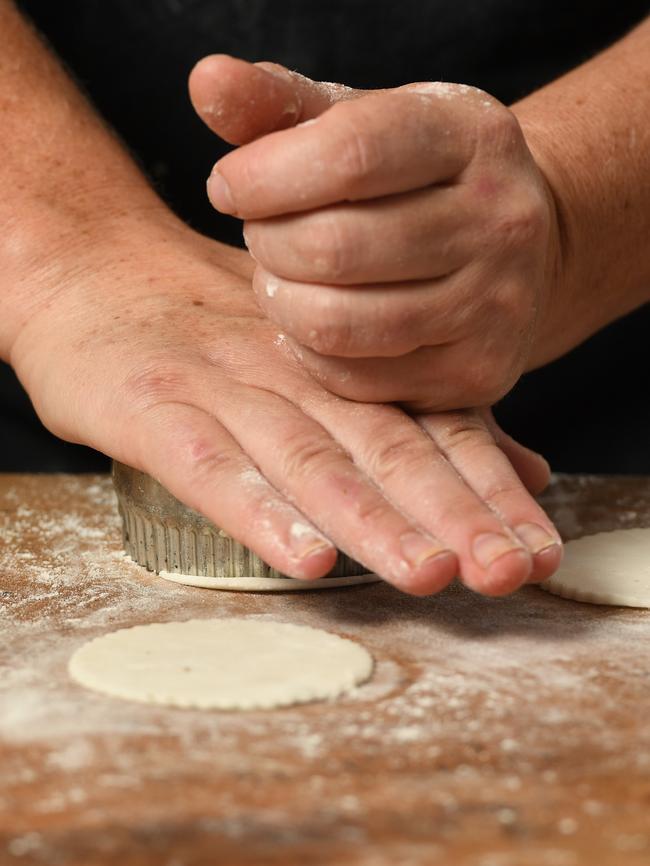
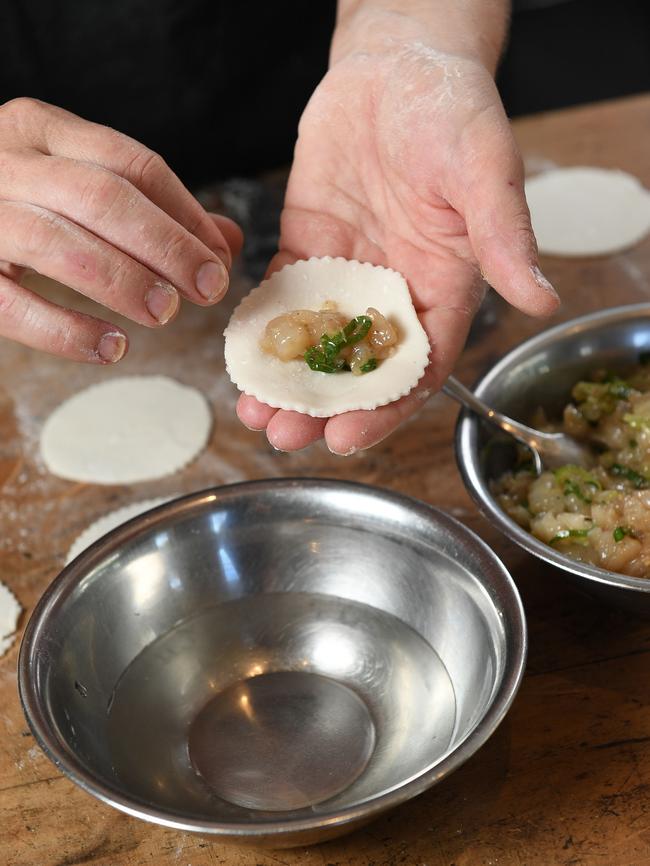
Seal the deal
Now comes the tricky bit. Pick up one of the little dough pancakes, fold it gently in the middle and carefully load with about half a teaspoon of filling. Wet the edge that is furthest from you and, starting at one end, fold small pleats in this edge before pressing into the opposite section to gradually form a small pastie.
While the method is hard to explain in words, watch the video of Karena, who makes it look effortless, in the video at the top of the page.
“It’s like yoga,” she says. “It takes a long time to make them perfect.” Karena learnt the method from an older lady whom they called “Mamma” while working for Kylie Kwong.
Inside story
While pork and prawn are the two most common fillings, the choices are limited really only by your imagination. For special occasions at the Salopian, Karena makes dumplings of minced duck, orange zest and ginger, as well as a vegetarian version filled with smoked pumpkin and kale.
However, she has a few general rules. The filling can’t be too wet. Thaw prawns thoroughly and dry on paper towel. Don’t use too much sauce. “You are just seasoning the filling, not making it wet,” she says.
Cut prawns by hand rather than using a food processor, so the meat isn’t overworked. “It makes the dumplings tough,” Karena says. “But if they are hand sliced and just steamed you get these little perfect pieces of meat..” Similarly, try to find pork mince that is coarsely ground and not too lean for a better texture.
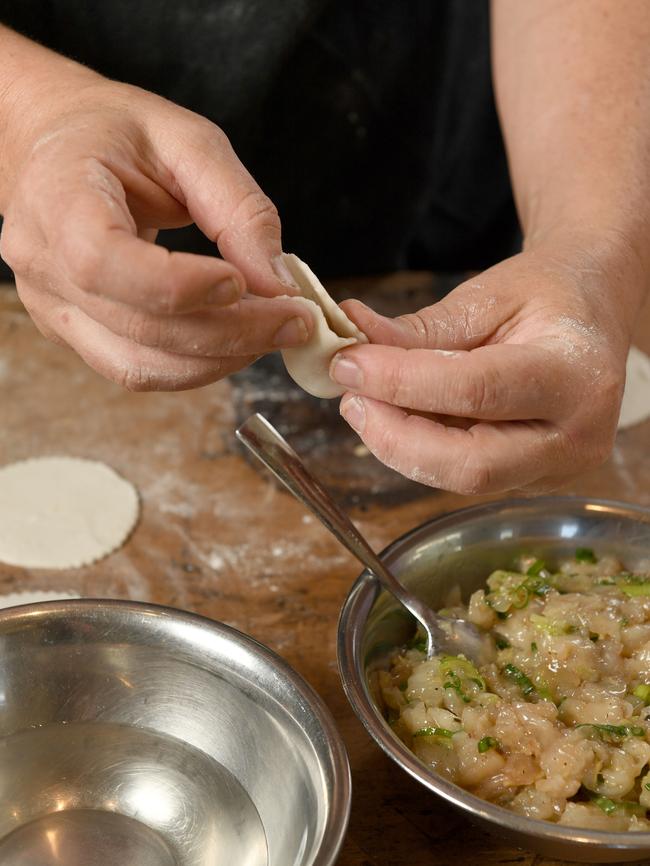
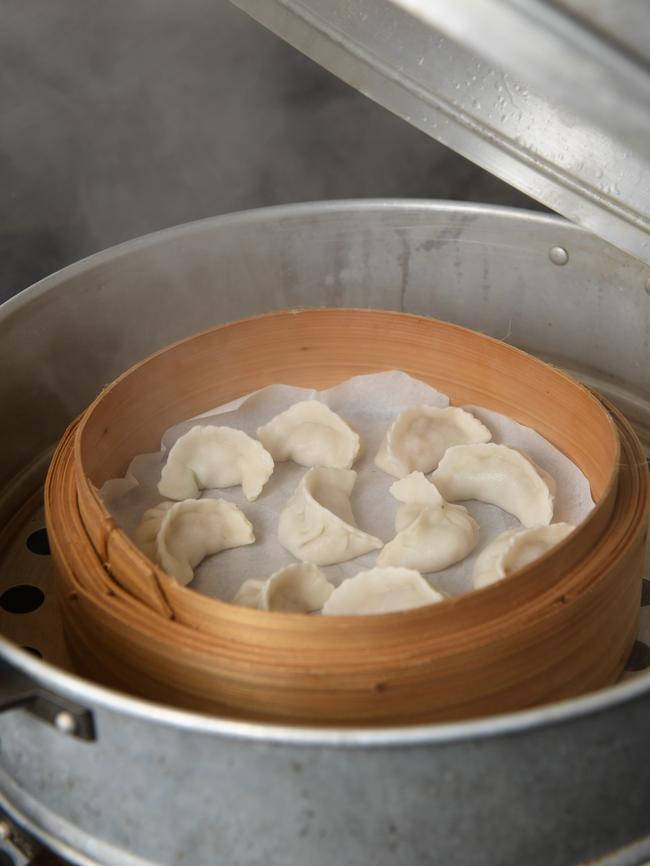
Steam vs boil
Dumplings made with the more robust shop-bought, wheat flour wrappers are best cooked in a pot of boiling water or soup, Karena says. Bring to a simmer, drop in the dumplings and leave until they float to the surface..
The dumplings made from the more fragile handmade dough are steamed in a bamboo basket lined with baking paper for six minutes.
Take a dip
Karena likes to serve the dumplings with chilli oil that can be bought in Chinatown or made at home by pouring hot canola oil over Korean chilli flakes. She also likes a red vinegar, either Chinese or standard wine vinegar.
For a soy dipping sauce she suggests using the MegaChef brand and mellowing it with a splash of olive oil.
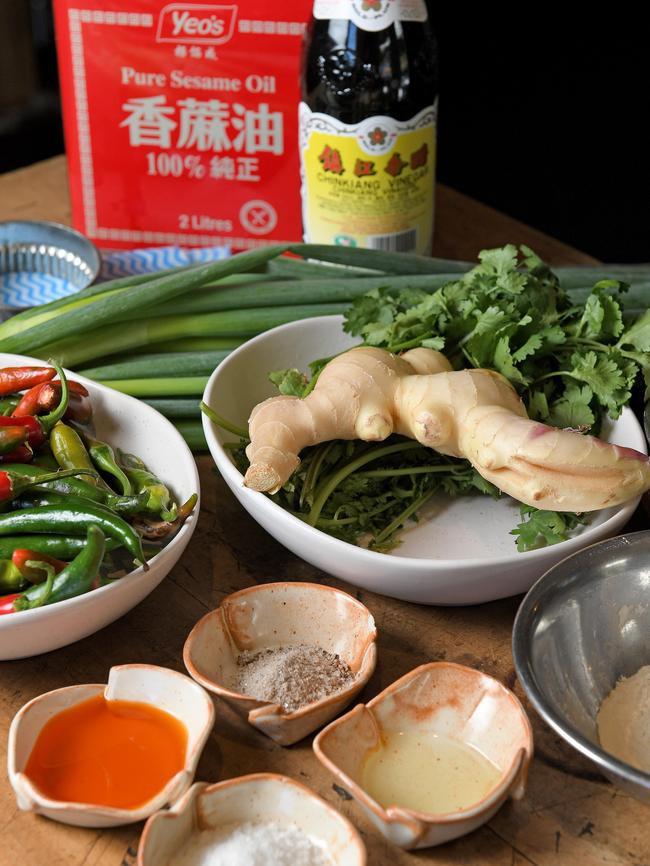
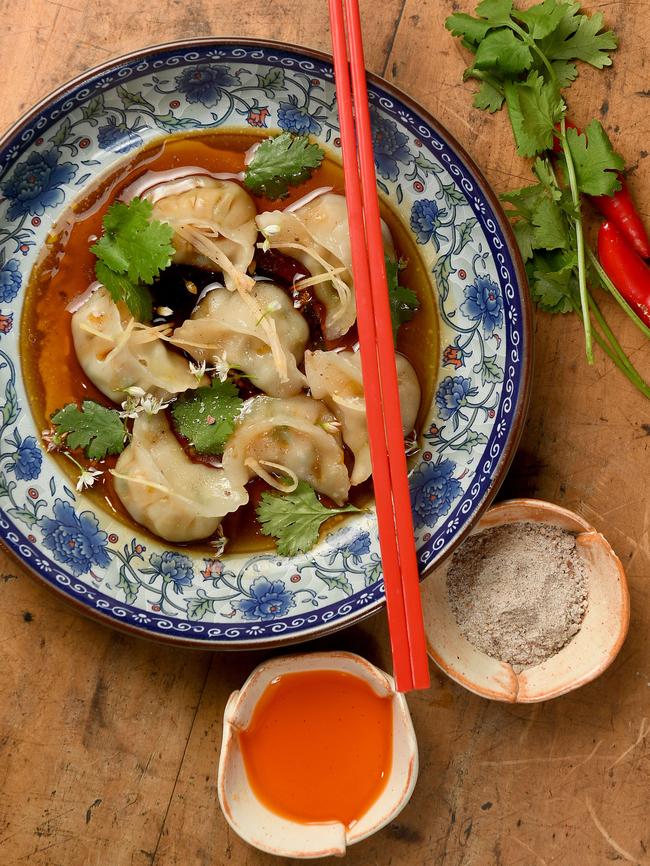
Soup kitchen
Another favourite is dumplings floating in a hot and sour broth made with a fish or chicken stock, tomatoes, ginger, garlic, coriander, “heaps of tamarind”, lemon juice and chilli.
For a more family-friendly dinner, she uses her slow cooker to make a stock of chicken bones, spring onion, ginger, garlic and Chinese rice wine that bubbles away while she works during the day. “Pour it over dumplings, season with soy, sesame, ginger and coriander, add some chopped choy sum and that’s dinner.”



